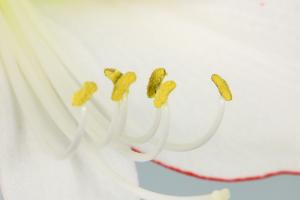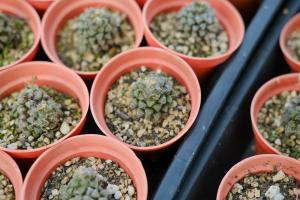A Plant Cell
Introduction
A plant cell is the basic unit of a plant's life. It is the smallest component of a plant that can carry out all the necessary functions for survival. Plant cells are highly specialized and have unique features that set them apart from animal cells. In this article, we will explore the different parts of a plant cell and their functions.
Cell Wall
The cell wall is an essential component of a plant cell. It provides structural support and protection to the cell. The cell wall is composed of cellulose, a tough and rigid polysaccharide that gives the plant cell its shape. The cell wall also helps to prevent the cell from bursting when it absorbs water.
Cell Membrane
The cell membrane is a thin membrane that surrounds the cell. It is selectively permeable, meaning that it allows only certain molecules to pass through. The cell membrane is made up of lipids and proteins and is responsible for regulating the movement of materials in and out of the cell.
Nucleus
The nucleus is the control center of the plant cell. It contains the plant cell's genetic material, including chromosomes and DNA. The nucleus controls the cell's growth and reproduction, and it is responsible for the coordination of all cellular activities. The nucleus is surrounded by a nuclear membrane, which protects the genetic material from damage.
Chloroplasts
Chloroplasts are the organelles responsible for photosynthesis in plant cells. These small, green structures contain chlorophyll, a pigment that absorbs sunlight. During photosynthesis, the chloroplasts convert light energy into chemical energy by combining water and carbon dioxide to produce glucose and oxygen.
Mitochondria
Mitochondria are the powerhouses of the plant cell. They produce energy in the form of ATP, which is used by the cell for all its activities. Mitochondria are abundant in cells that require a lot of energy, such as muscle cells. They are also responsible for the process of cellular respiration, which converts glucose into ATP.
Vacuoles
Vacuoles are large, fluid-filled sacs that occupy most of the plant cell's interior. They are responsible for storing and regulating various molecules in the cell, including water, ions, and enzymes. Vacuoles also play a crucial role in maintaining the cell's turgor pressure, which gives the cell its rigidity.
Conclusion
A plant cell is a complex and highly specialized structure that is essential to the survival of a plant. Each part of the cell has a specific function, and all the parts work together to maintain the cell's health and wellbeing. Understanding the plant cell's structure and function is vital in developing new technologies and techniques to improve plant growth and agriculture.

 how many times do yo...
how many times do yo... how many planted tre...
how many planted tre... how many pine trees ...
how many pine trees ... how many pecan trees...
how many pecan trees... how many plants comp...
how many plants comp... how many plants can ...
how many plants can ... how many plants and ...
how many plants and ... how many pepper plan...
how many pepper plan...































